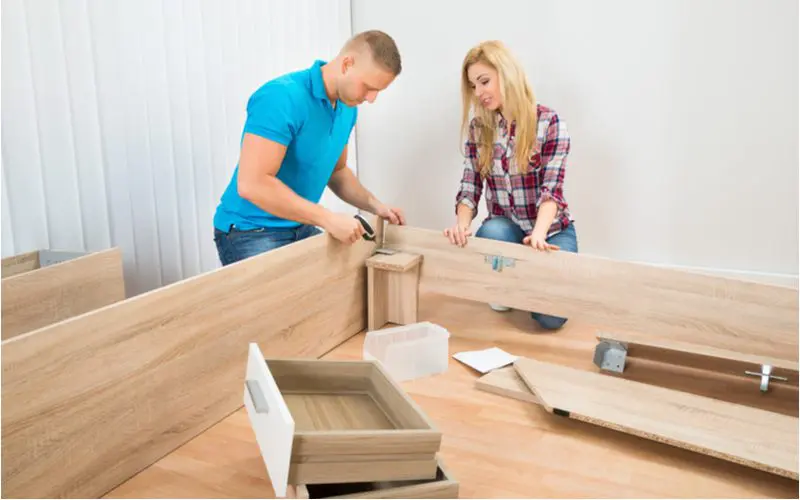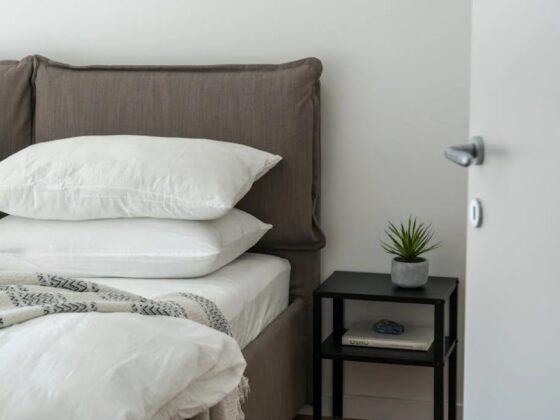Moving bulky items such as appliances or furniture around the house takes a lot of energy, and also knowledge of transporting the items safely. When moving to another living place is in several weeks, it is better to decide what you will do with your furniture – either you disassemble it or move as it is.

It is always better to ask for professional help, like Calgary moving companies. Experienced movers can provide valuable insight into whether certain items should be disassembled and how to do so properly. Some furniture may be required to disassemble for insurance coverage.
To make the decision, consider the amount of space at your new house or apartment. If space isn’t an issue, larger pieces can often be moved without disassembly; if your new home has narrow doorways, hallways, or stairs, disassembling furniture might be necessary to ensure it fits through these spaces. Disassembling beds, large tables, and wardrobes can make these pieces easier to transport and less prone to damage. Small tables, chairs, and lightweight furniture may not require disassembly, as they are easier to maneuver through doorways and stairs. Other advices are:

- In the case of potentially fragile furniture pieces like glass tables and mirrors it is better to disassemble it. This way you can securely pack each fragile part to make sure that they are less likely to break during transit.
- If a piece is of high value (like antiques or custom-made items) or holds sentimental significance, consider disassembling it to minimize the risk of damage. If disassembly could potentially harm the item, leave it intact but take extra precautions during the move, especially if it’s relatively small.
- Items which are simple to disassemble, like modular furniture, should be taken apart to avoid damage. If a piece of furniture is complex to disassemble, or if it contains intricate parts that are prone to damage, it may be safer to move it as is.
- For furniture that is difficult to reassemble or where parts could be easily lost or mixed up, consider moving it intact. Label parts clearly, and keep hardware in labeled bags if you choose to disassemble.
Just as with all other items, try to sign which room the furniture was in, so that the movers can unload them immediately in the right place at the new location – this way you will reduce the time needed to assemble and move the furniture. Check that all parts are in place and intact after they have been unloaded. Get started with the closets, so you can unload boxes of clothes, dishes and other items more quickly and start settling into your new home.
Protect Your Furniture

Furniture is an investment, and you want to make sure it arrives at your new home in the same condition it left your old one. I’ve learned that taking the time to properly protect your furniture is worth every minute.
Wrap It Up
Protect your furniture by wrapping it in blankets, bubble wrap, or moving pads. This will prevent scratches, dents, and other damage during the move. If you’re using a moving company, they may provide wrapping materials, but it doesn’t hurt to have some of your own on hand.
Secure Moving Parts

For pieces with moving parts, like drawers or doors, make sure they’re secured. You can use rope, tape, or bungee cords to keep everything in place. Just be cautious with tape—it can sometimes leave a sticky residue, especially on wood or leather.
Don’t Forget the Corners
Corners and edges are particularly vulnerable during a move. I like to use corner protectors for added security. You can find them at most hardware stores, or you can make your own with cardboard.


